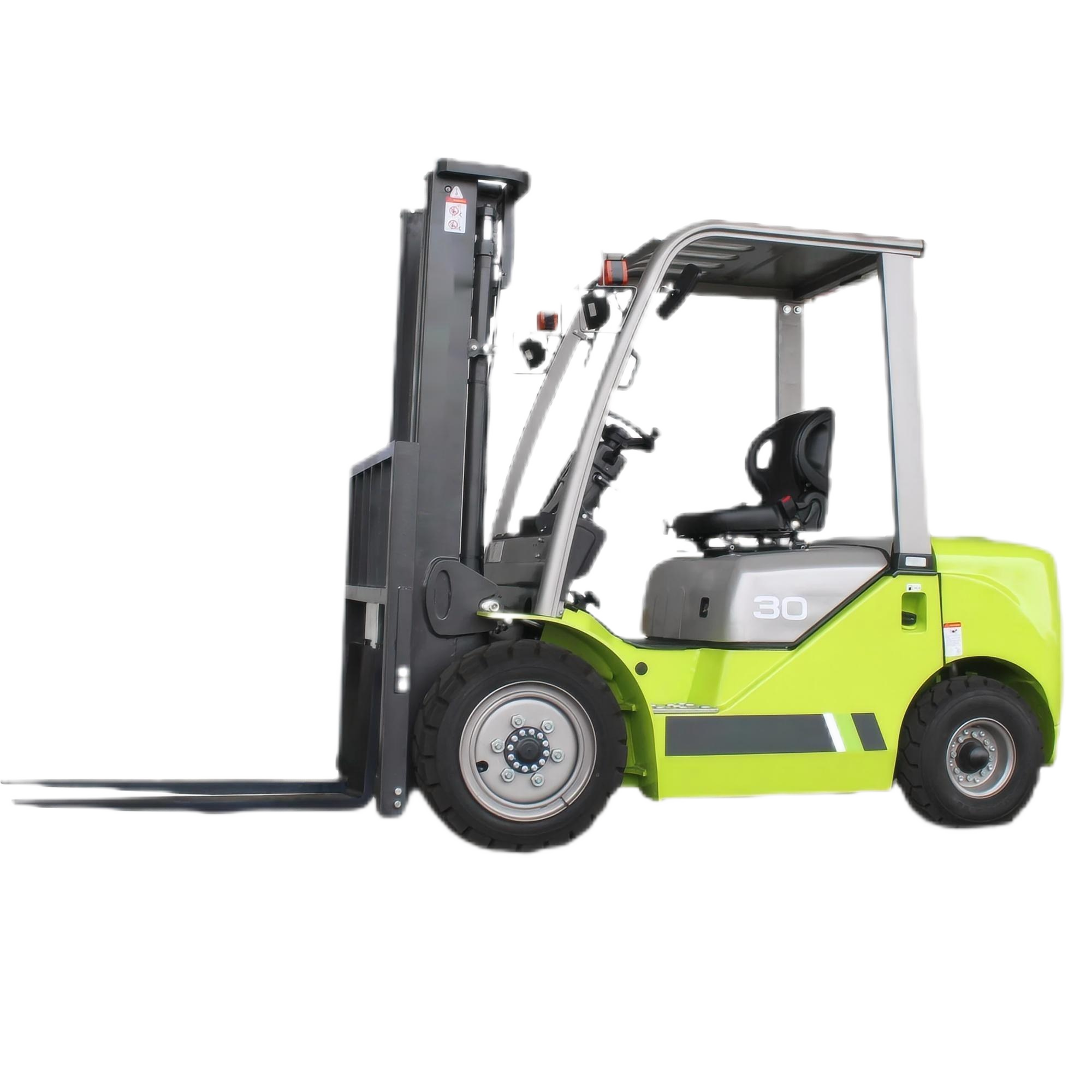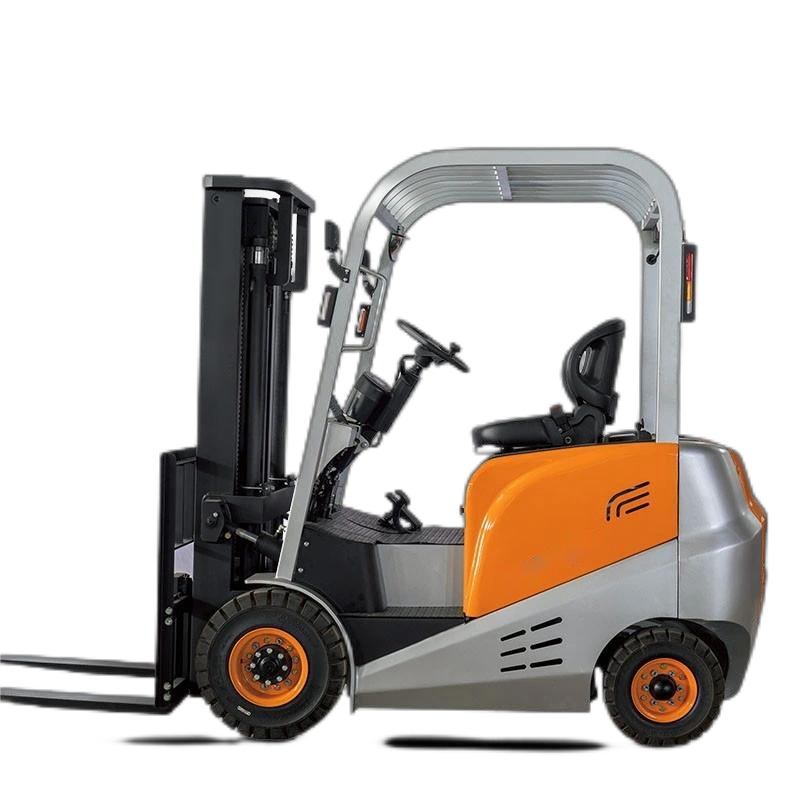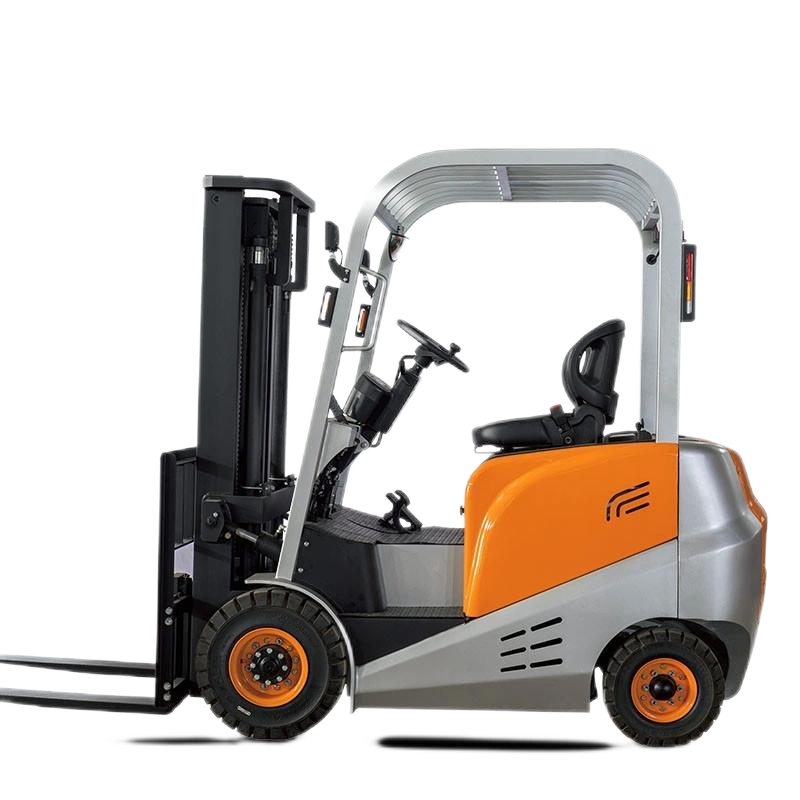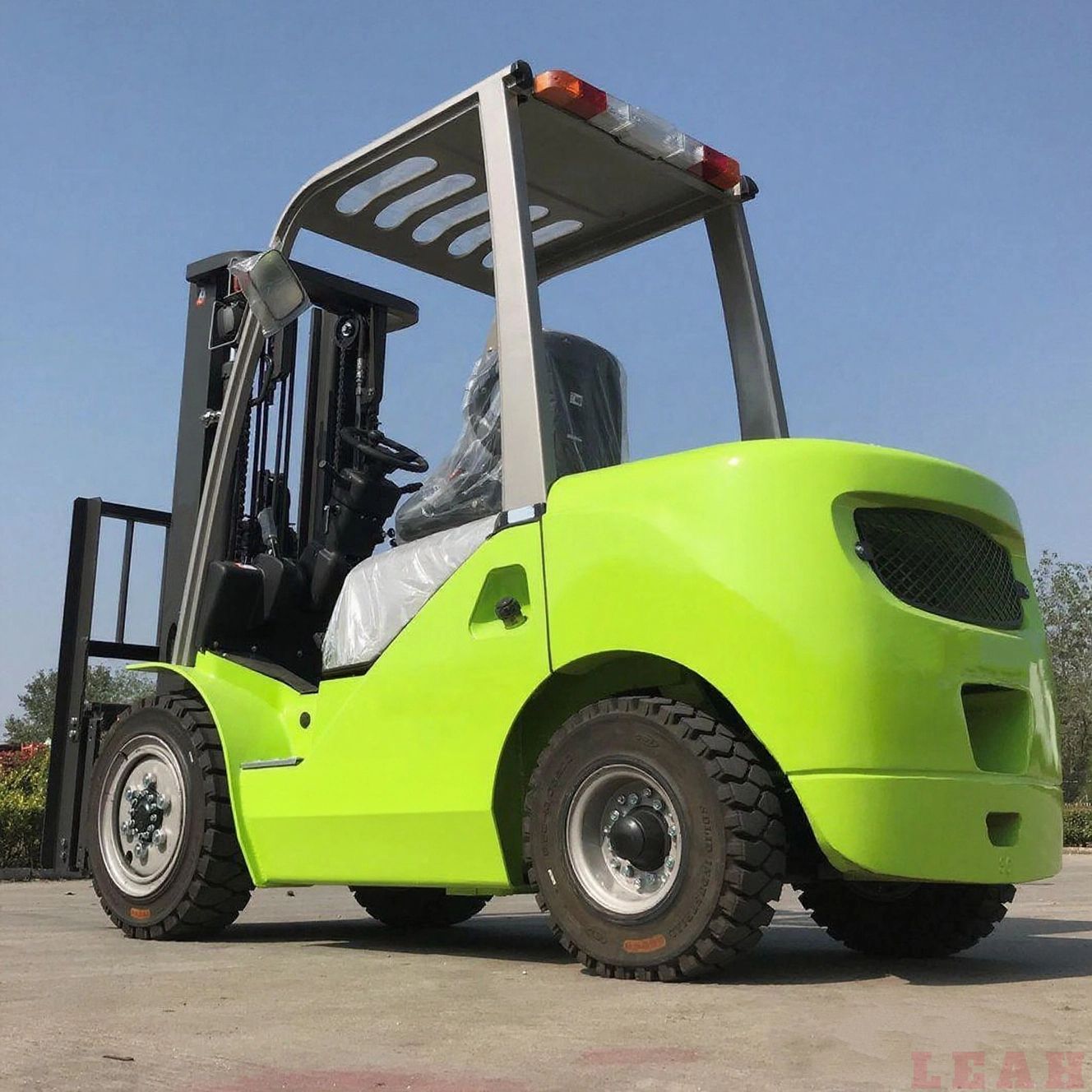Relevant Content About Electric Forklift Charging Stations
Requirements for Setting Up Charging Stations
Site Selection and Layout
- Independent Setup: Charging facilities with battery maintenance functions should preferably be built as independent buildings. If a charging room (area) is set up in a logistics building, it should be arranged against the external wall and kept away from open flames, high-temperature areas, humid environments, and workplaces with dense personnel.
Safety Distance: The net height of the charging area shall not be less than 5 meters, and the safety distance from other areas shall not be less than 5 meters. Additionally, it shall not be located in an area where falling objects may occur from above or where liquids may leak due to pipeline rupture.
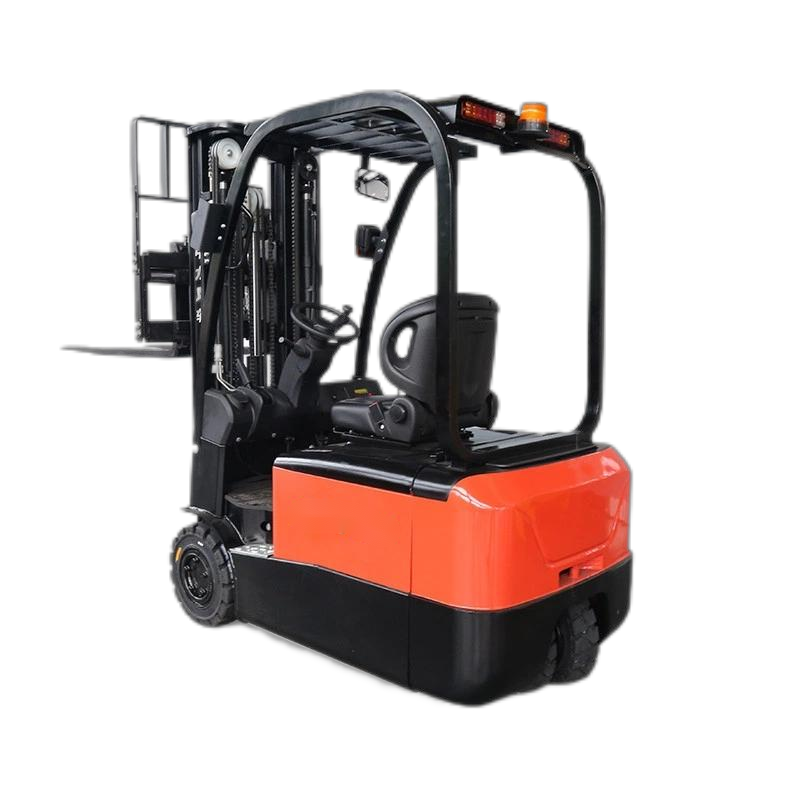
Building and Decoration
- Fire Separation: Charging rooms in logistics buildings shall be separated from other areas by fire walls and floor slabs, and the doors leading to the logistics building shall be Class-A fire doors.
- Floors and Walls: The charging room (area) shall adopt non-sparking floors. Doors, windows, walls, ceiling (shelter), floors, and other parts shall use acid (alkali)-resistant corrosion materials or protective coatings.
Ventilation and Gas Monitoring
- Ventilation System: The charging room (area) shall be equipped with an independent mechanical ventilation system. The ventilation volume shall be determined based on the calculation of the gas volume and residual heat generated during charging, with an air change rate of not less than 8 times per hour. Charging areas for open-type lead-acid batteries shall be equipped with upper and lower air exhaust facilities.
- Gas Monitoring: Install gas monitoring and alarm devices to monitor the hydrogen concentration in the charging area in real time and prevent hydrogen from accumulating to an explosive dangerous concentration.
Supporting Facilities
- Fire-Fighting Equipment: Equip sufficient fire-fighting facilities such as ammonium phosphate dry powder fire extinguishers, sodium bicarbonate dry powder fire extinguishers, carbon dioxide fire extinguishers, or halon fire extinguishers in accordance with Code for Design of Building Fire Extinguisher Installation (GB50140).
- Other Facilities: The charging area shall also be equipped with supporting equipment such as electric hoists, eye wash stations, and charger racks.
Selection of Charging Piles
- Power Matching: Select a charging pile with appropriate power according to the battery capacity and charging needs of the electric forklift. Common power ratings of electric forklift charging piles include 3kW, 6kW, 10kW, 20kW, etc., to meet the requirements of different vehicle models and charging speeds.
- Charging Methods: It can be divided into on-vehicle charging and off-vehicle charging. On-vehicle charging is more convenient as it does not require battery removal; off-vehicle charging allows battery replacement while charging, improving the utilization efficiency of the forklift.
- Functional Features: It should be equipped with multiple protection mechanisms such as overvoltage protection, overcurrent protection, and short-circuit protection to ensure safe and reliable charging. Additionally, charging piles with intelligent charging functions can be selected, which can automatically adjust the charging current and voltage according to the battery status to extend the battery life.
Layout Planning of Charging Stations
- Centralized Layout: Suitable for large warehouses or logistics centers. Charging piles are centrally arranged in one area, which facilitates unified management and maintenance and is also conducive to the centralized configuration of systems such as ventilation, power supply, hydrogen detectors, fire alarms, and monitoring. However, sufficient passageways for forklift traffic shall be reserved to ensure that forklifts can enter and exit the charging area smoothly.
- Decentralized Layout: Suitable for scenarios with multi-area operations. Charging piles are distributed near different operation areas, which can reduce the empty driving time of forklifts during charging and improve work efficiency. However, decentralized layout requires increased costs for circuit modification and is relatively more complex in terms of management and maintenance.





